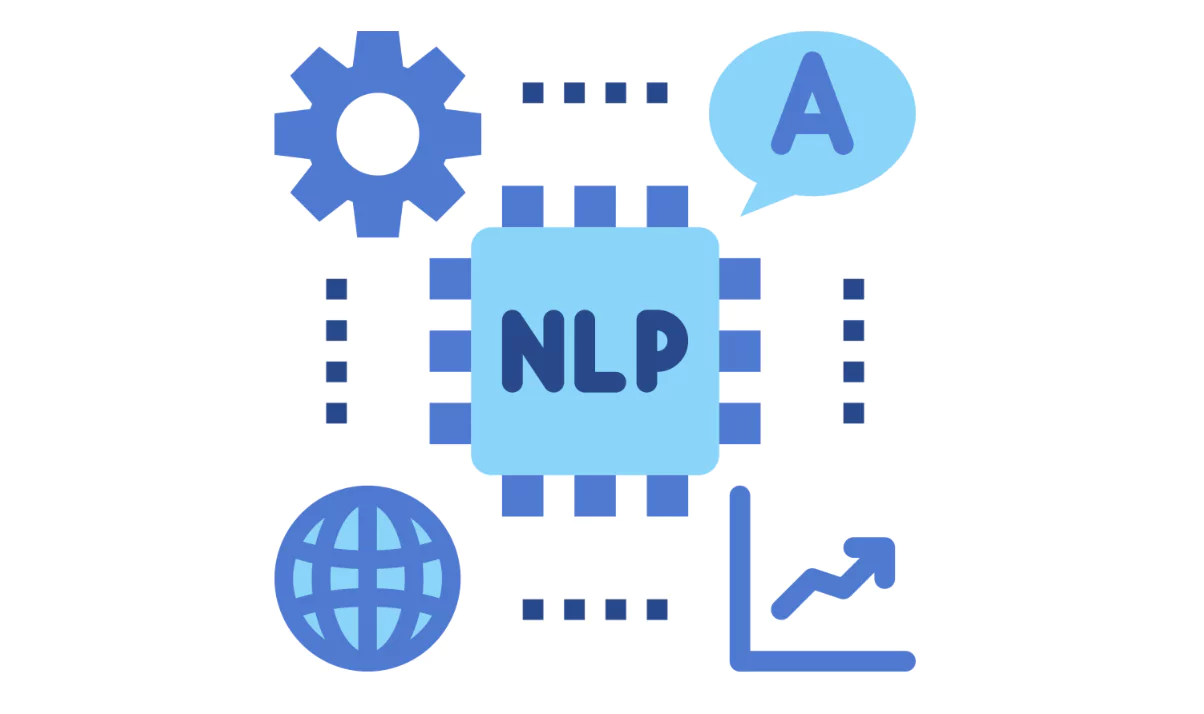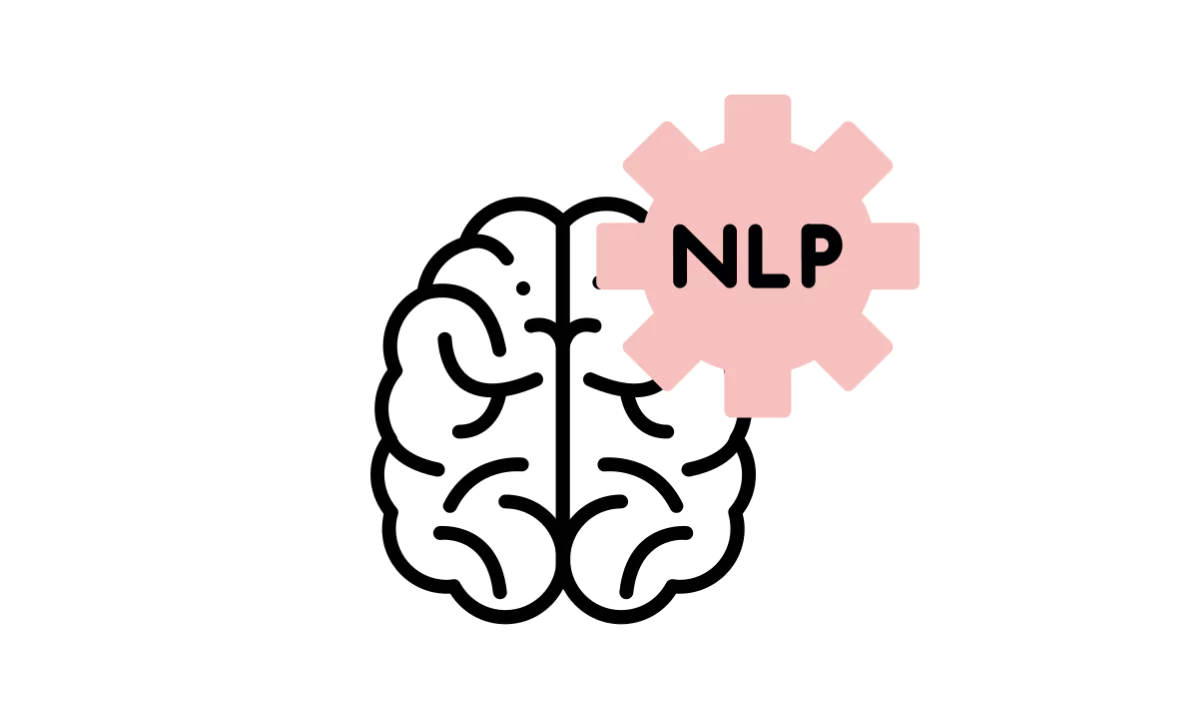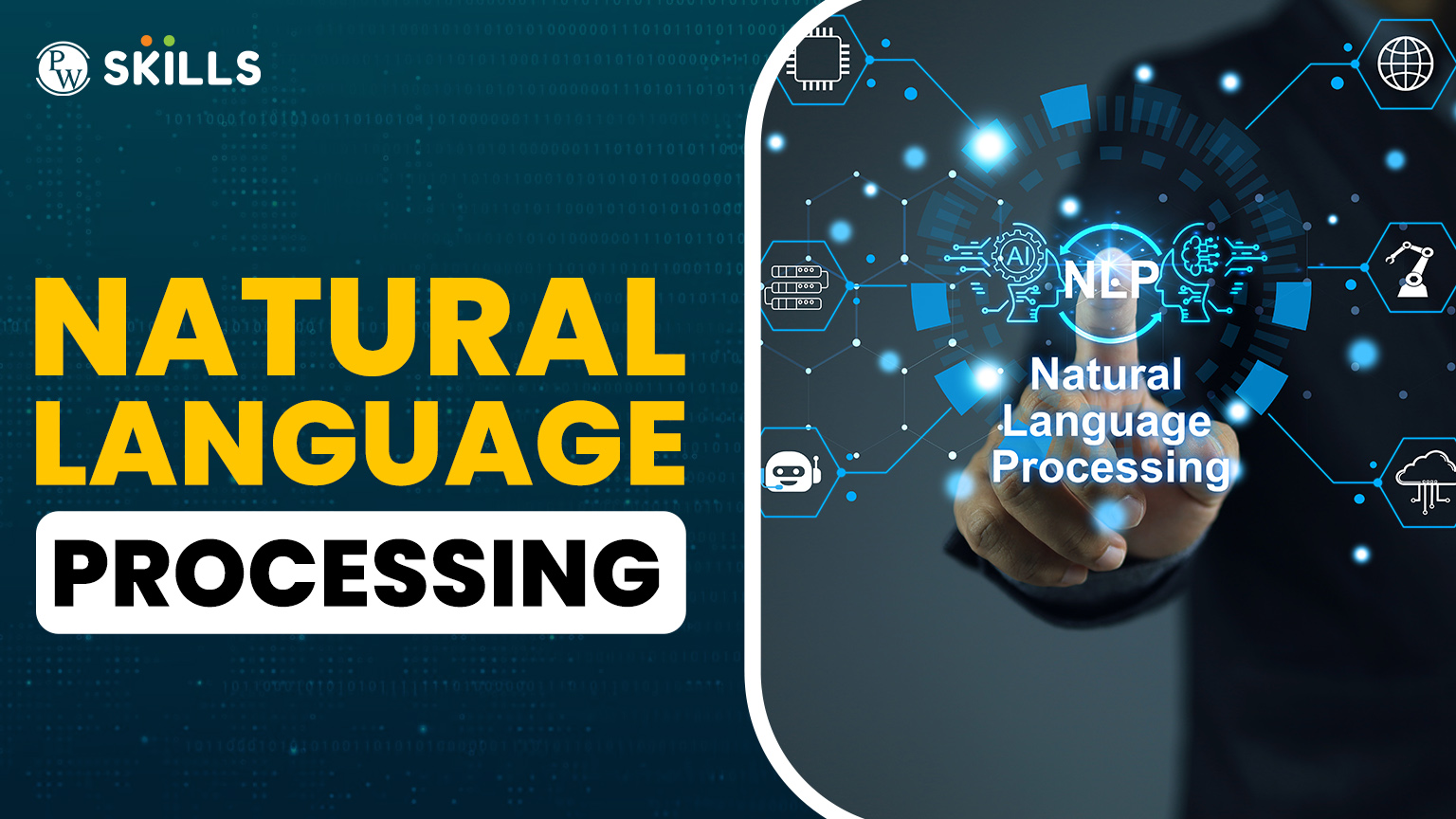Natural Language processing or NLP is one of the most trending technological advancements in the past few years. The NLP is well known for its ability to manipulate human language and resemble it in one of the purest and undetectable forms.
For the past few years many technological advances have come and changed the way we used to interact with the system. In this tutorial article, we will learn more about natural language processing and its use cases in detail.
What Is Natural Language Processing?
Natural Language Processing is a practice of interaction between computers and human languages. It is a part of the artificial intelligence which enables machines to read, understand, interpret and respond in human language.

Natural Language Processing combines machine learning and linguistics data to process a large amount of natural language data and analyse it, helping in bridging the gap between human and computer system communication.
Why Use Natural Language Processing (NLP)?
There are more than one reasons which justify the use of NLP in modern forms of communication between humans and computers.
- With NLP any organisation can easily process large amount of unstructured data in form of text much faster and accurately than humans ever will be,
- NLP enhances the communication between humans and computer systems with the power of chatbots, voice assistants, and smart search engines.
- With NLP algorithms you can easily analyze a large amount of data and come to an informed data driven decision.
- NLP allows for real time language transition with the use of various tools like Google translate and more. This multilingual support eliminates the language barrier if any.
- It can easily automate time taking and repetitive tasks like email filtering, document summarisation, conclusion making, information retrieval, and more. This saves time and resources both.
- NLP can tailor unique contents and product recommendations by understanding the user preferences, history, intent and tone.
How Does Natural Language Processing Work?

Have you ever wondered how natural language processing is able to perform tasks which might never be carried out without human intelligence? Well! NLP combines machine learning, computer science, and linguistics to help machines understand, interpret and present an informed response in general human language.
Syntax
This component of NLP helps in arranging sentences in a meaningful way to help them convey their meanings. For example, consider a sentence i,e. “The rain stopped”. Here, the correct form of grammar from English and subject verb agreement is used to arrange the sentence in proper order.
Semantics
Semantic plays an important role in understanding the meaning of words in NLP where it is concerned with creating meaningful sentences. For example, consider a sentence, “The cow eats grass and leaves.”
In this sentence we can take the help of semantics to interpret that the panda either eats grass or leaves. It helps us distinguish whether the “leave” is to go away or is it the “green part of the plant”.
Pragmatics
It deals with understanding the language in different contexts such as interpreting and delivering the right meaning of a sentence based on a situation, knowledge and understanding.
For example, consider a sentence i,e. “Class Be Quiet!” This sentence involves a command rather than a request to keep them silent. Interpreting the right context of the sentence is important in NLP.
Read More: Top Data Science Interview Questions for Freshers & Beginners in 2025
Discourse
With Discourse we generally focus on complete analysis and interpretation of language beyond the sentence level. It is important to understand the relationship between two sentences, such as “ I might fail if I do not study” and another response with “I must go to study”. These sentence are related to each other.
Let us go step by step through the main stages in Natural Language Processing to understand its working.
1. Text Preprocessing
This method is used to process text where it is cleaned and prepared for analysis. It uses methods like tokenization, lowercasing, removals, streaming, and more.
2. Linguistic Processing
This stage is completely focused on grammar and structure interpretation.
- Part-of-Speech (POS) Tagging: With it you can identify nouns, verbs, adjectives, etc.
- Syntax Analysis: With syntax analysis it Understand sentence structure (grammar tree).
- Named Entity Recognition (NER) – It detects names, places, dates, etc.
3. Feature Extraction
In this stage the text is transformed into a format a machine can understand.
- Bag of Words (BoW): The BoW represents text as word frequency.
- TF-IDF (Term Frequency-Inverse Document Frequency): It weighs important words.
- Word Embeddings: This is concerned with converting words into numerical vectors capturing meaning and context.
4. Model Training (for Machine Learning-based NLP)
Various algorithms like Naive Bayes, Decision Trees, or Neural Networks are trained on labeled text data to help them classify, detect sentiment, translate languages, and answer queries.
5. Output Generation
The trained model makes predictions or generates results like:
- Summarized content
- Translated text
- Chatbot responses
- Sentiment labels
6. Continuous Learning
In NLP advanced NLP systems use feedback loops and fine-tuning to improve accuracy over time, especially with deep learning models like BERT, GPT, etc.
Important NLP Techniques & Methods

NLP uses various techniques and methods to analyse human language and generate a response in similar language. Let us know some of the common techniques used by NLP in its operation.
-
- Tokenization: The most important technique where the text is breaked into words, phrases, symbols and other meaningful components which are interpreted as tokens.
- Parsing: In this technique the system analyzes the grammatical architecture of a sentence and extract its meaning from it.
- Named Entity Recognition (NER): In this method the system reduces the words or elements into identity entities like persons, organisations, locations and other names used in the text.
- Lemmatization: This technique is used to reduce the words to their root form which allows them for grouping of different forms of the same word.
- Sentiment Analysis: Using this method we can easily understand the emotions or sentiments of a piece of text, sentence or article and interpret the results accordingly.
What Tasks Can NLP Perform?
Some major tasks which Natural Language Processing can easily perform.
Sentiment Analysis
With NLP techniques you can understand the emotion a text is trying to convey. It might either be a blog post, social media posts, stories, feedback, reviews, and more. You can easily classify them into positive, negative or neutral responses using sentiment analysis.
Classification of Toxicity
With NLP we can easily classify toxicity and identify harmful content such as insults, hate speech, threats, and more. NLP systems can classify a particular statement into harmful or offensive elements. It is very important for making online platforms a peaceful place.
Chatbots
Chatbots generally use the power of Natural Language Processing to generate quick responses, solve queries, problem solving, and more. It can understand queries and provide users with real time assistance.
Speech Recognition
With advanced technologies nowadays we can easily classify, understand and interpret voice commands using devices like Siri, Alexa, Google Assistant, and more.
Text Classification/ Categorization
With NLP we used to classify and categorize vast amounts of unstructured data and categorise into important, less important and priority based content based on urgency and more. It helps manage large amounts of data quickly.
Text Summarization
With NLP we can easily summarize a long form of content and convey the summary of stories, dramas, movies, and more. We can also generate reviews, feedback, and more in a more interactive and user friendly manner.
Use Cases of Natural Language Processing
Let us know some of the major applications of Natural Language Processing below.
1. Healthcare
With NLP we can easily maintain clinical documentation, automatically catch the symptoms, and generate a treatment plan accordingly. It also provides preliminary assessment and help to discover various drugs by analyzing the specific papers.
2. E-Commerce
With NLP users queries can be interpreted to understand their personal interests and search products and services accordingly. It can monitor customer feedback at scale and also handle customer queries with no gaps in the service completely 24×7.
3. Finance
In Finance, fraud detection can easily be interpreted by analyzing suspicious transactions emails or texts. It can also help in generating automated reports of financial documents and transactions. You can take the help of NLP to track the market sentiment based on the latest news and social media interpretation.
4. Customer Service
NLP is very much efficient in providing customer services such as automated email categorization, ticket generation, and providing real time customer support using the NLP algorithms. It can also build chatbots and enable them to generate answers to the queries.
5. Media Market
NLP enables automatic text summarization, generating headlines, summaries of an article. It can easily detect harmful or toxic languages in the article, comments, or posts. It can categorise various news, media and other forms of content.
6. Government & Legal
NLP can easily interpret key information from the legal documents, case files, and can track public sentiment and feedback on different policies. Also, it can facilitate language translation providing multilingual support and services to the government.
7. Education & EdTech
With NLP we can transform education and learning by automating scoring based on content analysis, provide real time grammar correction, suggestions based on sentence analysis, vocabulary suggestions, and enable pronunciation feedback in language courses.
8. Human Resources
With natural language processing we can screen resumes, documents, cvs, with job description aligned using keyword analysis and can identify trends using internal surveys. Also it can help in improving job description, roles and responsibilities with clear summarisation and response.
Does ChatGPT Answer Queries By Using NLP?

ChatGPT answers queries using Natural language processing as it is built on advanced NLP techniques combined with machine learning algorithms. Similar to the working of Natural Language Processing, ChatGPT uses tokenization to break your input into smaller parts, interpret grammar, intent, and meaning of the message it conveys.
With Named Entity Recognition it identifies name, place, dates, or other useful entities in your text. It carries on with semantic analysis, language generation, text summarisation, paraphrasing, query solution, and more. ChatGPT is built on transformer architecture and trained using massive datasets to generate human-like responses. It can easily handle multi-turn dialogue, humor and other sentiments in a text.
Learn Data Science With Generative AI Intelligence
Become a master in Data Science and Machine Learning with PW Skills Data Science Course. Build real world capstone projects based on the concepts covered in the machine learning, Python, and artificial intelligence modules.
Dedicated mentors at PW Skills will guide you through industry oriented curriculum and prepare you for interview opportunities. Delve into instructor-led live sessions and leverage Dedicated doubt support with this Python Machine learning course and become job-ready only at pwskills.com
Natural Language Processing FAQs
Q1. What is Natural Language Processing?
Ans: Natural Language Processing is a practice of interaction between computers and human languages. It is a part of the artificial intelligence which enables machines to read, understand, interpret and respond in human language.
Q2. Does ChatGPT use NLP for query processing?
Ans: ChatGPT uses Natural Language Processing for solving queries, problem solving, summarization, and text generation, and more.
Q3. What are the components of Natural Language Processing?
Ans: Some of the components of Natural Language Processing are Lexical analysis, syntactic analysis, semantic analysis, pragmatics, syntax, and more.
Q4. What is Lexical analysis?
Ans: Lexical analysis is used to find the relationship between words in a sentence. It is used to establish the context of each word.

